The parlor is off of the lobby and Annie, herself, could often be found here playing the piano for her guests.
Rooms were situated around a courtyard. Today each one has exhibits on varying topics.
The first we entered is dedicated to Native Americans that frequently passed through Fort Stockton because of the water supply at Comanche Springs. Raiding parties would travel through this area to reach villages in Mexico (hence the chain of frontier forts in Texas to protect settlers, handle mail delivery, etc., after Texas became part of the US in 1846). By the mid 1880s, most Native Americans had been sent to reservations in other states.
The first we entered is dedicated to Native Americans that frequently passed through Fort Stockton because of the water supply at Comanche Springs. Raiding parties would travel through this area to reach villages in Mexico (hence the chain of frontier forts in Texas to protect settlers, handle mail delivery, etc., after Texas became part of the US in 1846). By the mid 1880s, most Native Americans had been sent to reservations in other states.
The desk below was used by Pecos County Sheriff A.J. Royal. He was known for being very tough on outlaws and was engaged in a feud with Oscar Williams, a Pecos County Judge. Eventually Royal was assassinated while he sat at this desk in his office. His blood can be seen in the open drawer of the desk. The murderer was never apprehended although it was generally believed that Williams was responsible (hired someone else to do it). The lines between the “good guys” and “bad guys” was often difficult to discern! Also shown are photos of subsequent county sheriffs.
Brands were used to identify livestock that belonged to ranchers. Each brand was registered and had to be unique. Many are displayed in the courtyard of the museum.
The First State Bank was founded in Fort Stockton in 1907 enabling the town to expand and grow. A room in the museum displays typewriters, vault, and other artifacts from the bank.
As described in a previous post, both a Catholic Church and then an Episcopal Church were built in Fort Stockton to serve the growing community. An organ and other items found in the early churches are displayed here.
Fort Stockton’s first high school was built in 1917 ($60,000). Check out the photo of the class of 1922. And the paddle that was used to punish those who misbehaved. When we looked closely at it, we saw that students signed their names to it AND the number of times the paddle was used on them was duly noted. John Brown must have been a real “bad boy” as he apparently got paddled 40 times!
Another room of the museum has displays regarding the petroleum industry that remains the major economic driver of the area. Shown below is a vintage chuck wagon.
The carriage below was use in 1909 to reach Fort Stockton (the railroad did not arrive until 1912). Also shown is a turn-of-the-century wedding dress.
A dinosaur exhibit includes the molar of a wooly mammoth and a plaster cast of footprints found in nearby McCamey, TX.
A room with period furnishings (early 1900s) helps you to envision what it must have been like to stay here.
We really enjoyed visiting this museum. Admission is $3/adults; $2.50/seniors and is well worth it. We always find it interesting to learn about the history of the many towns we visit. Kudos to the Fort Stockton Historical Society for preserving this hotel and for the collection of artifacts from the area. For additional information, go tonwww.annieriggsmuseum.org.
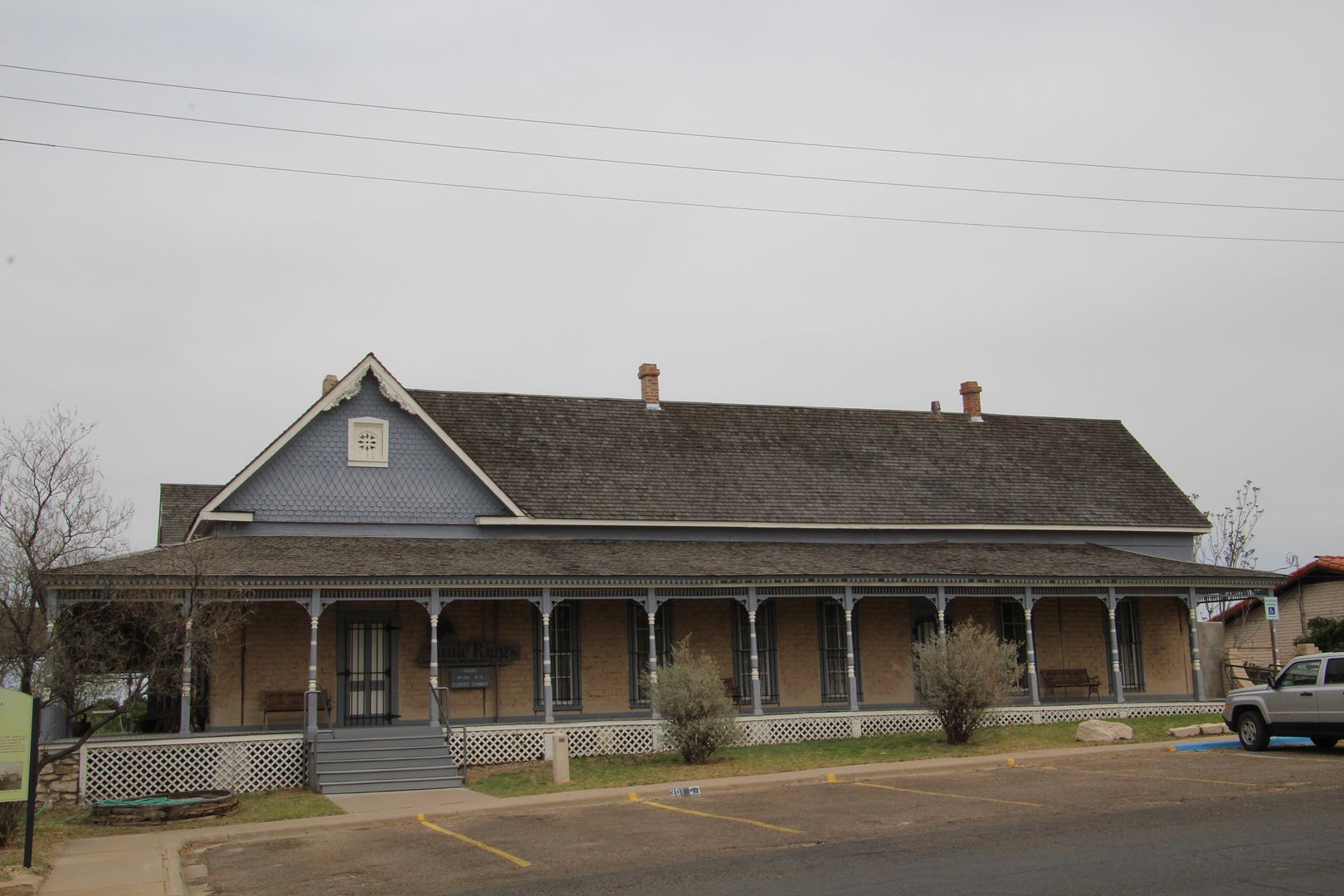
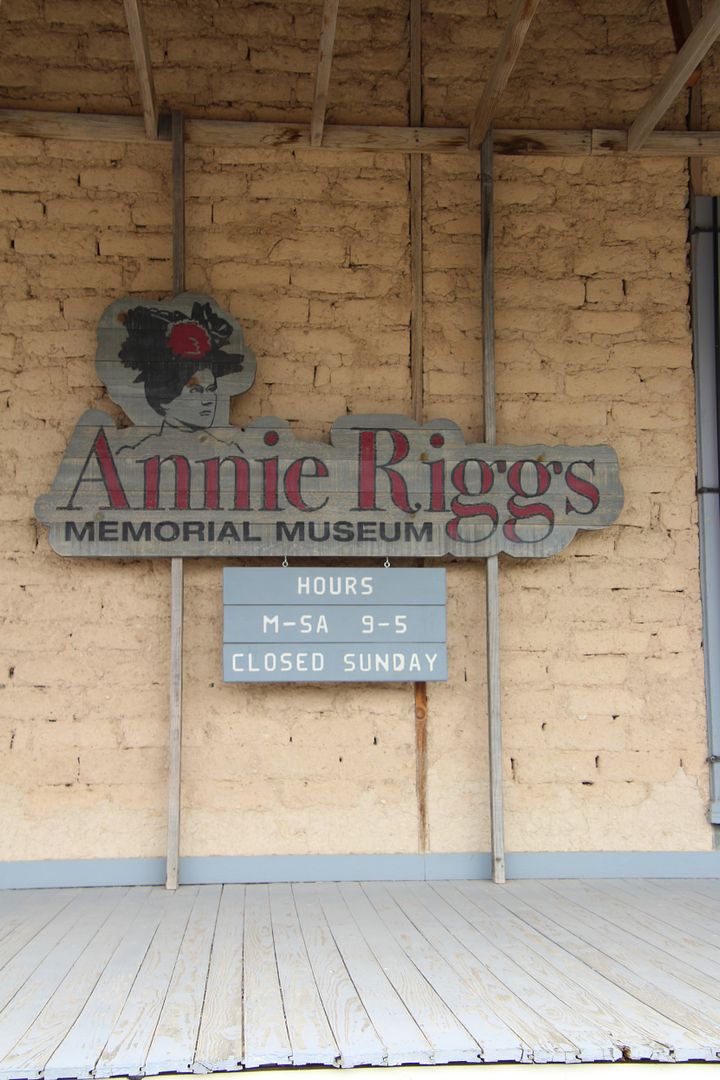
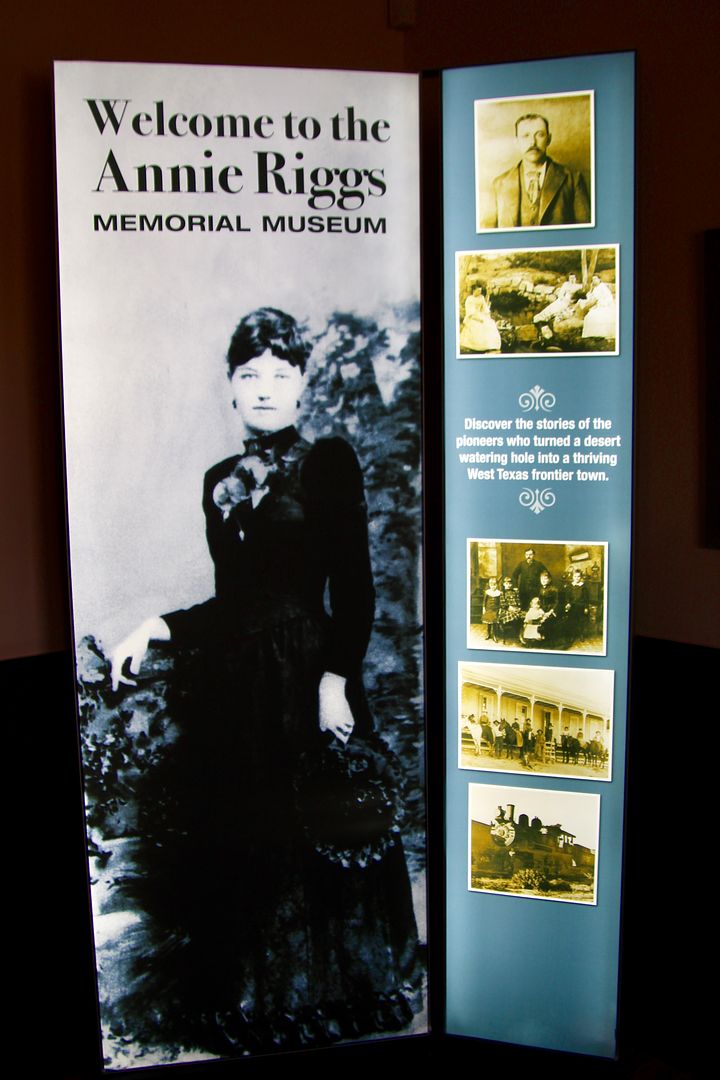
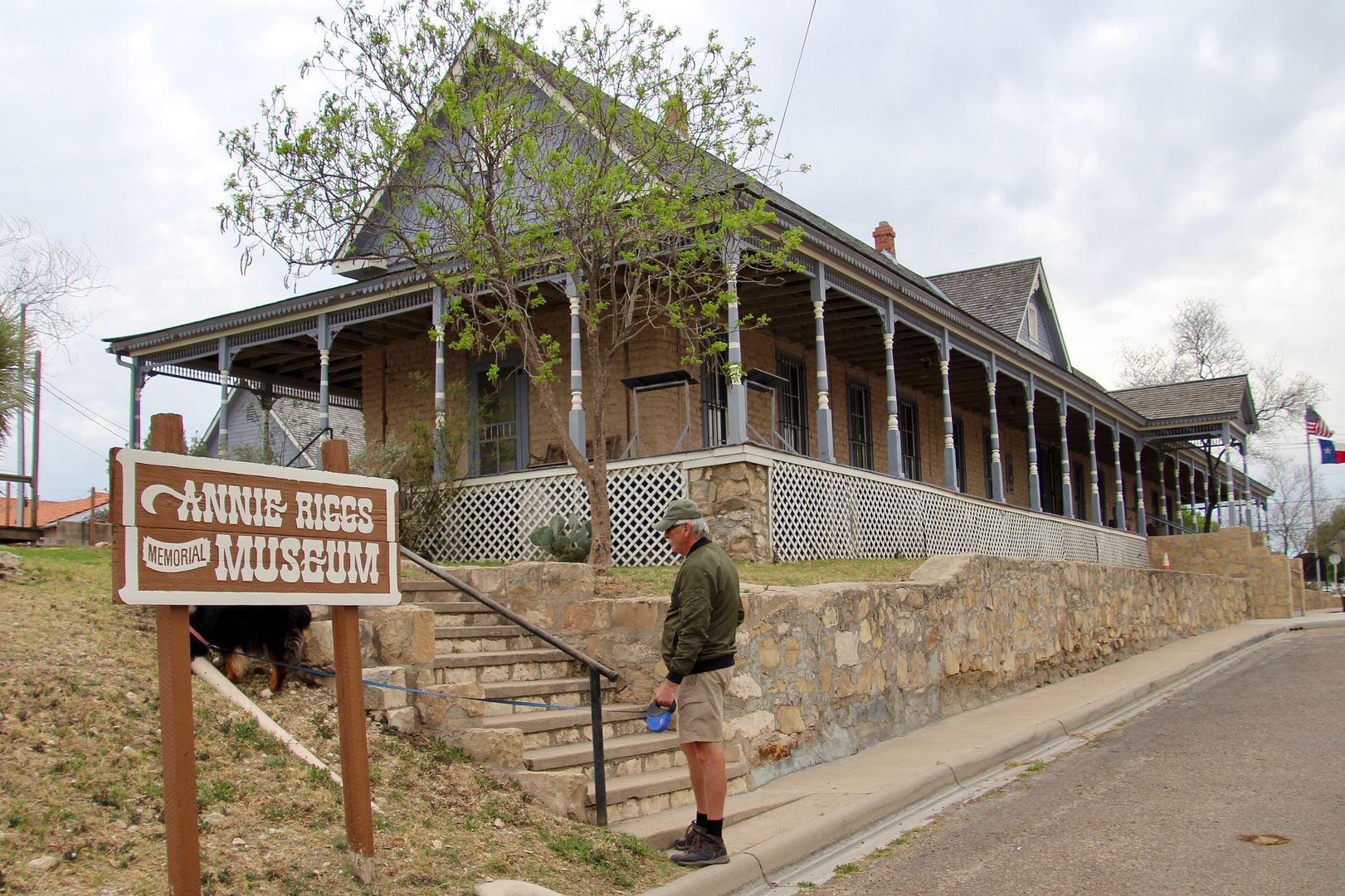
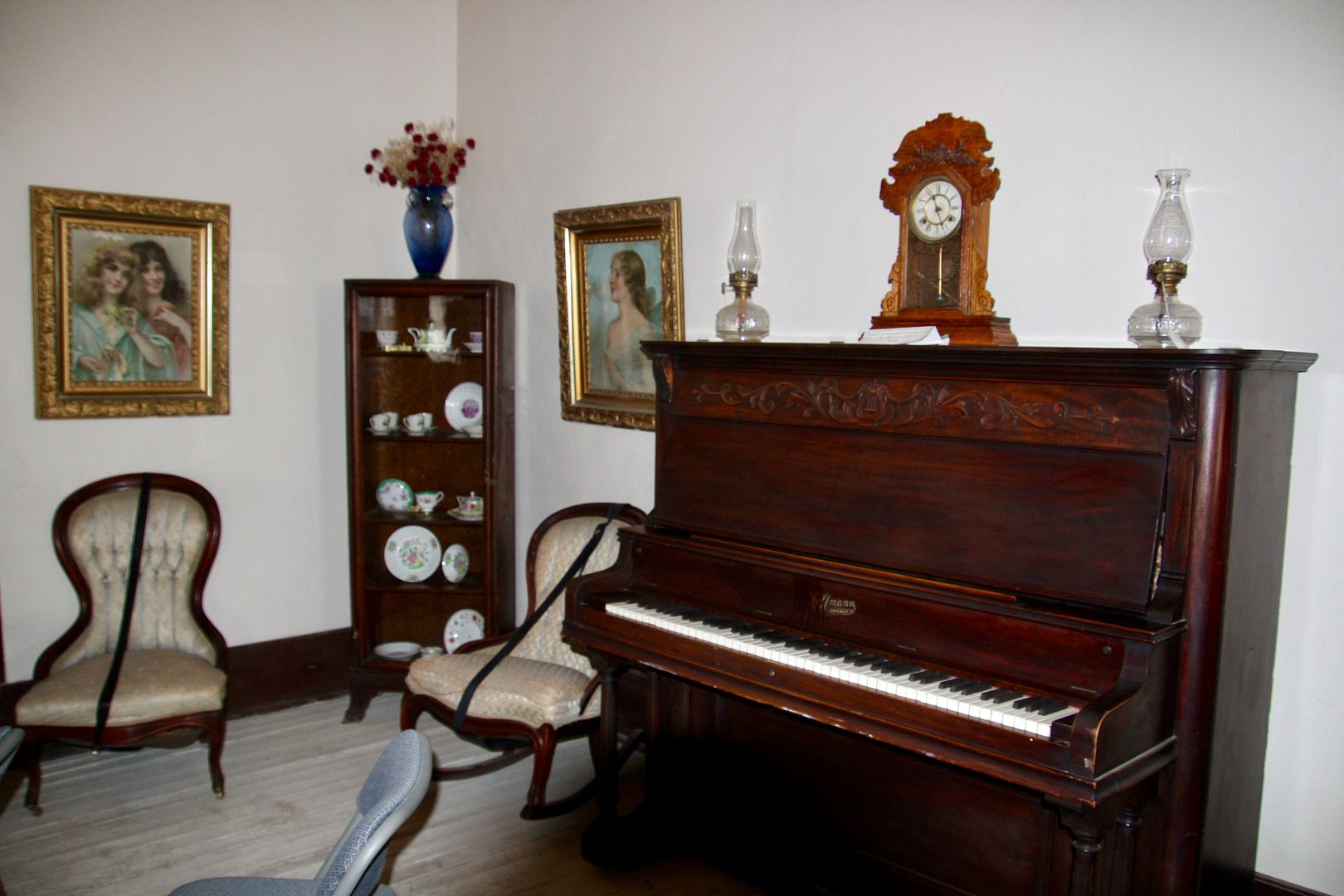
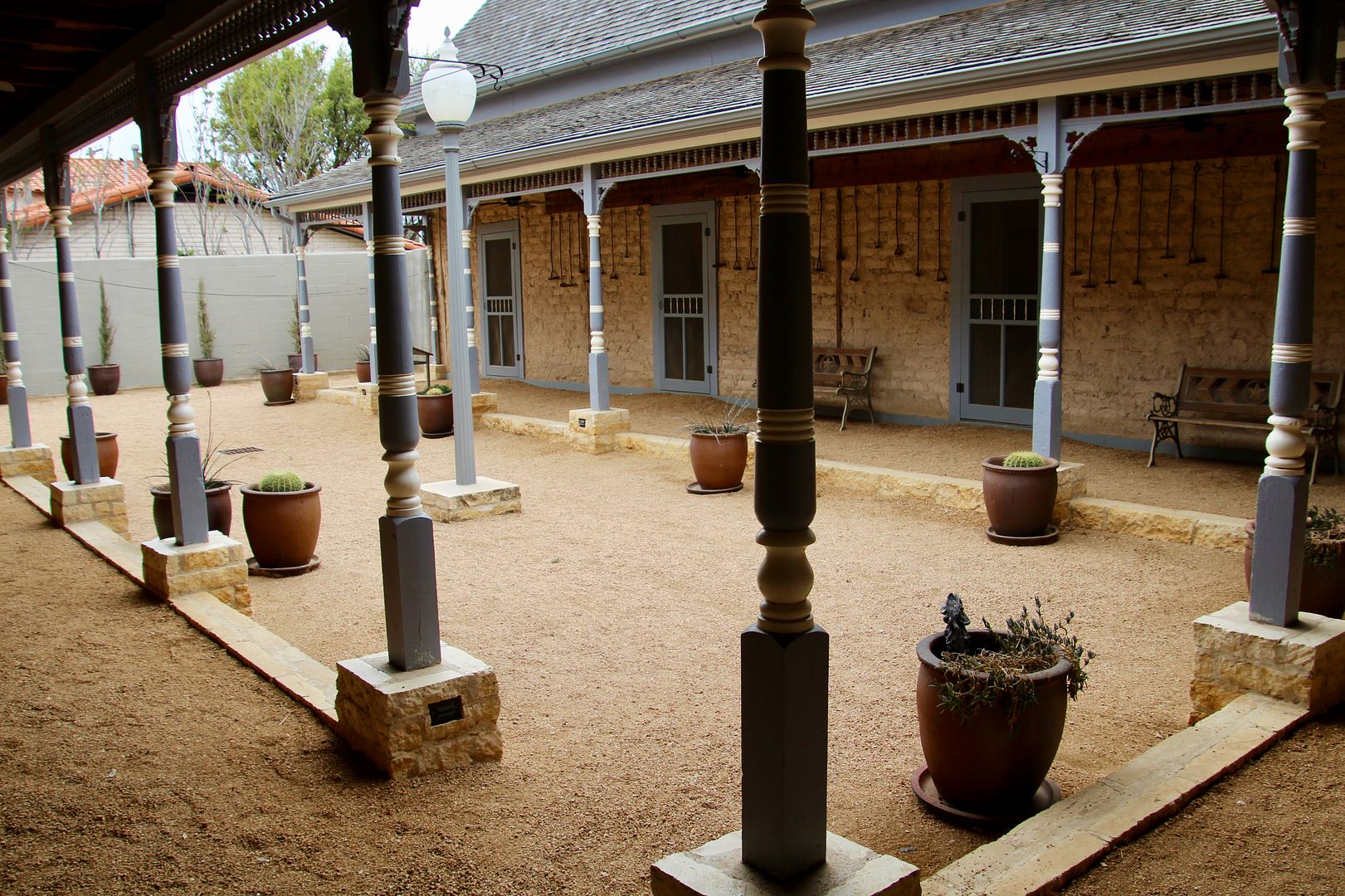

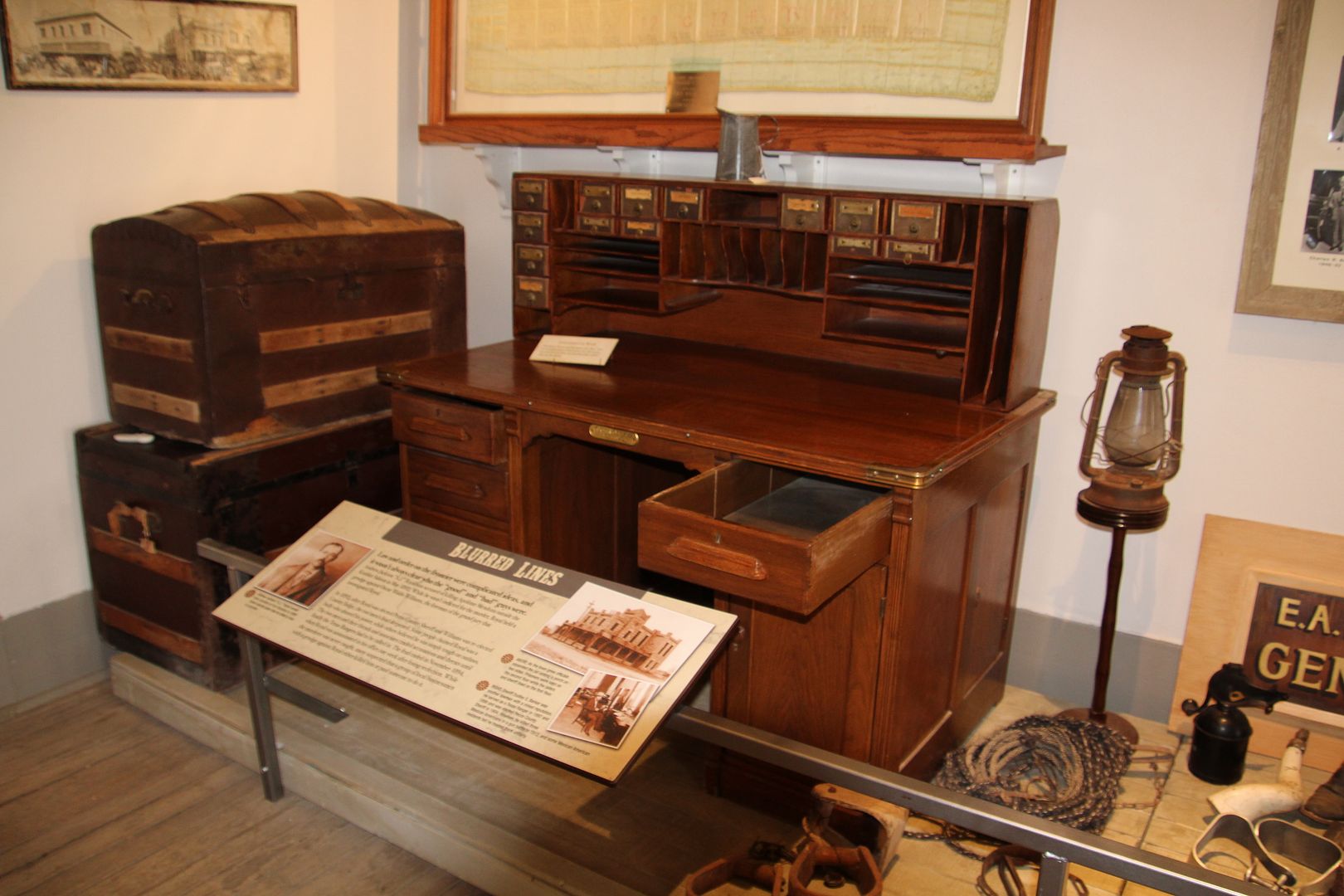
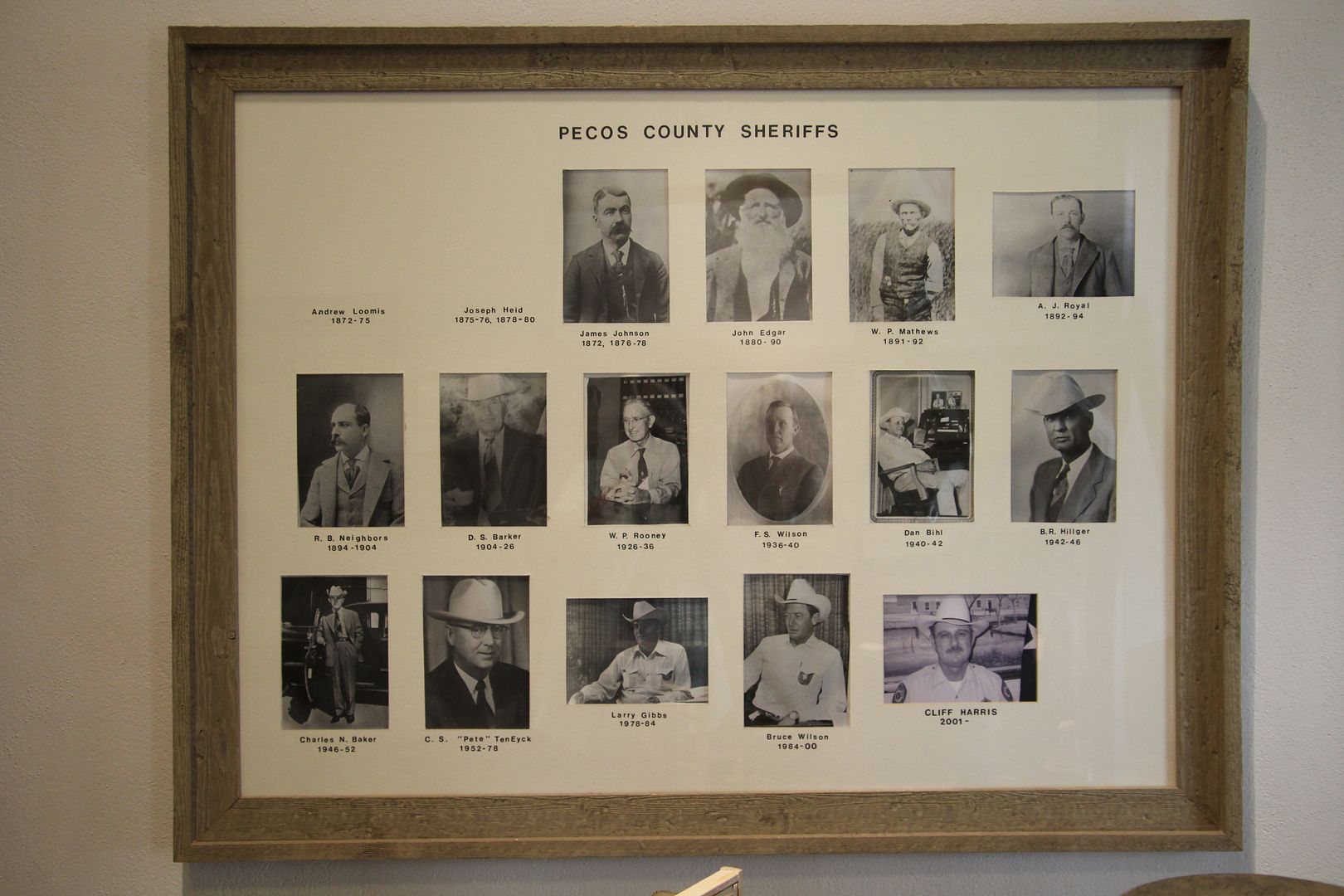


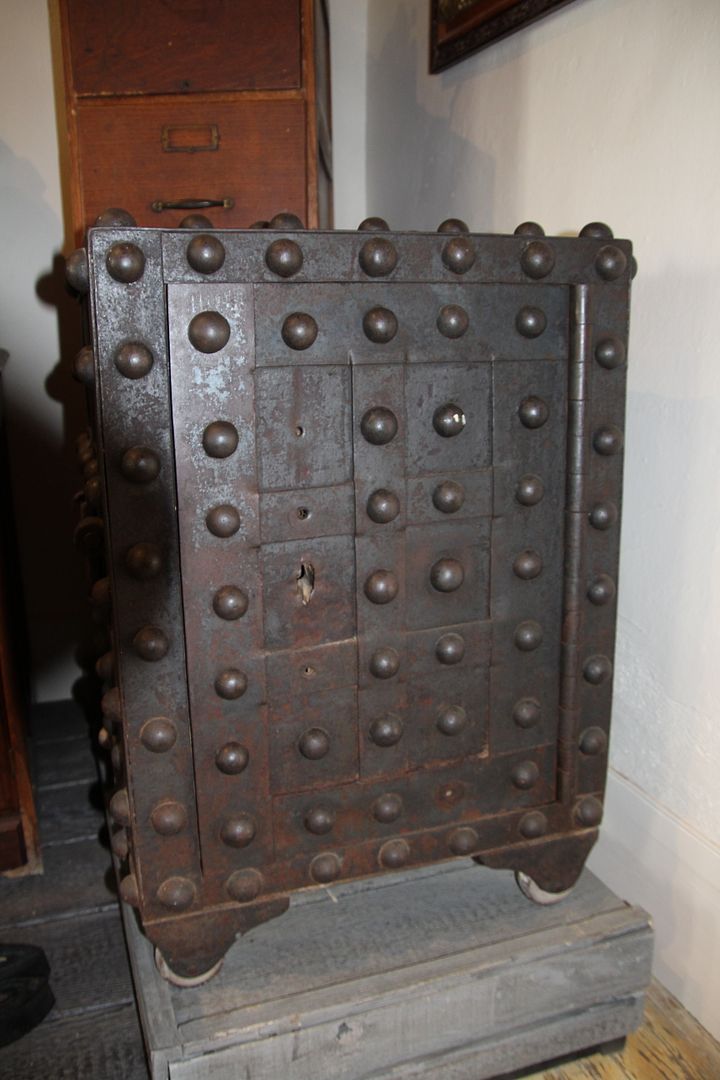
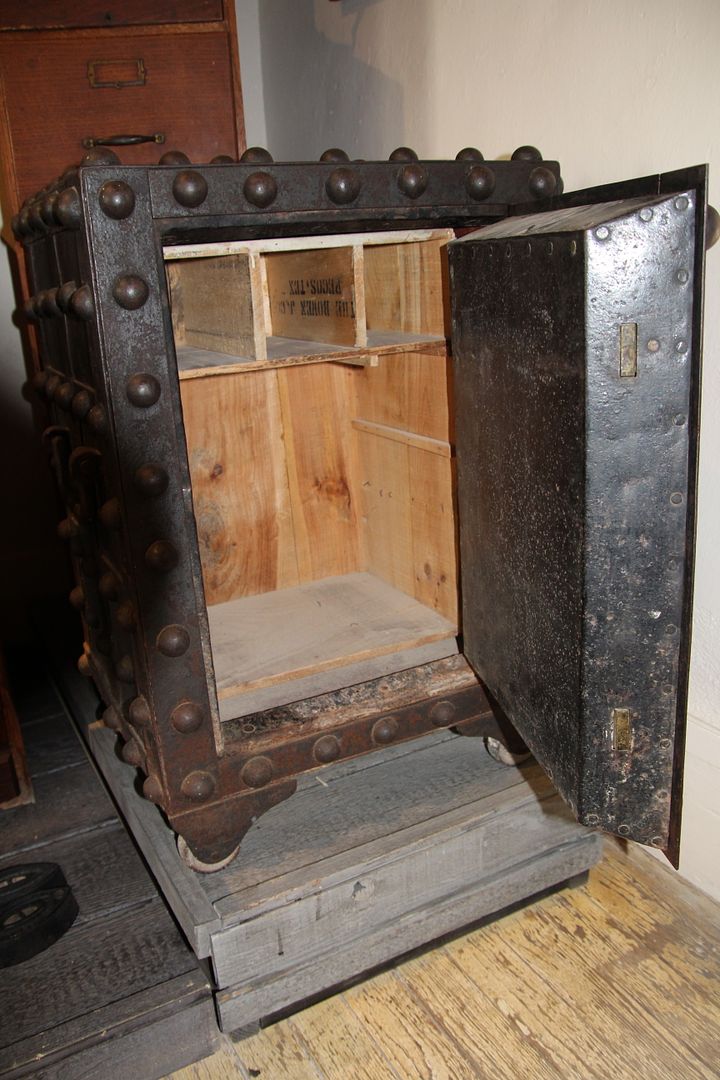


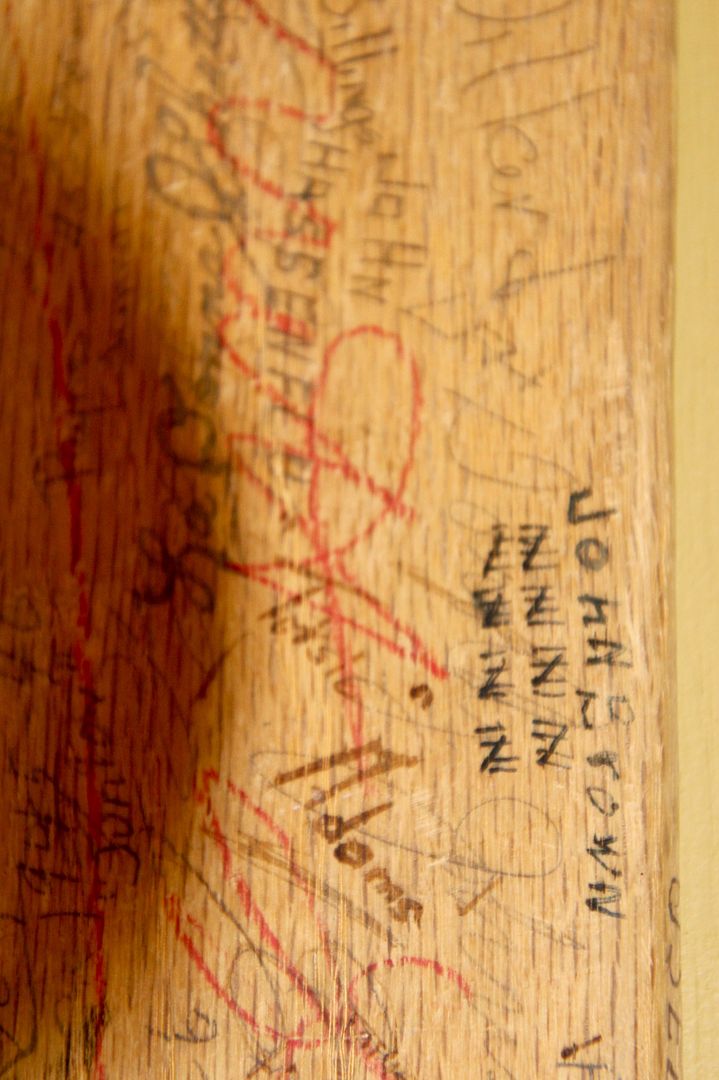
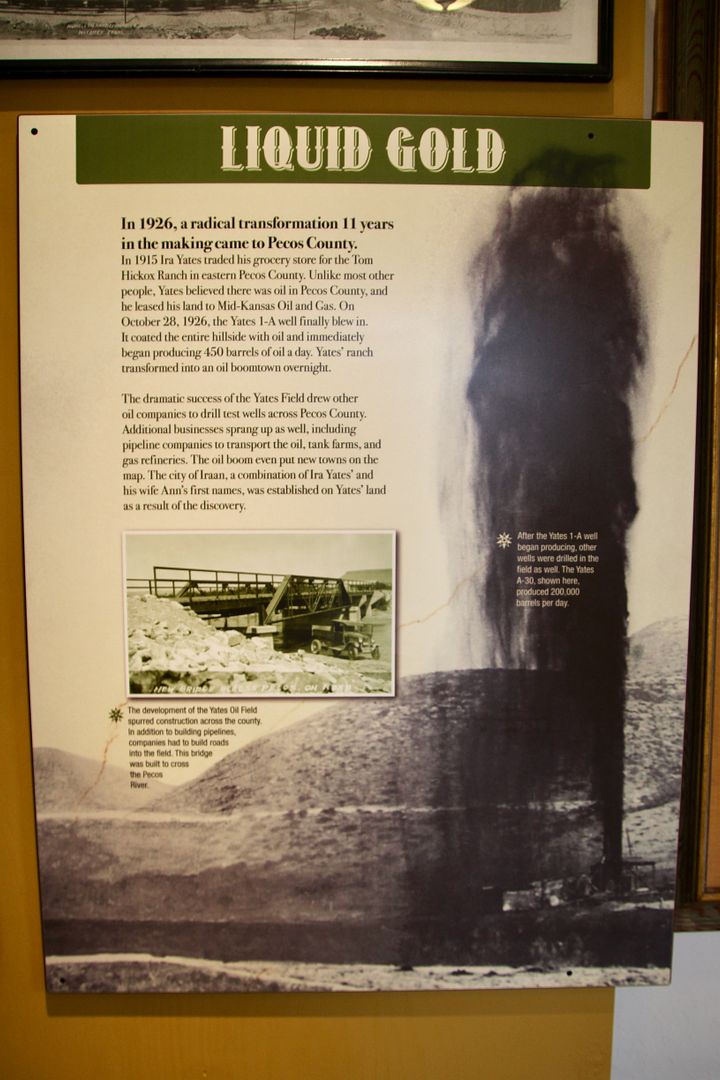
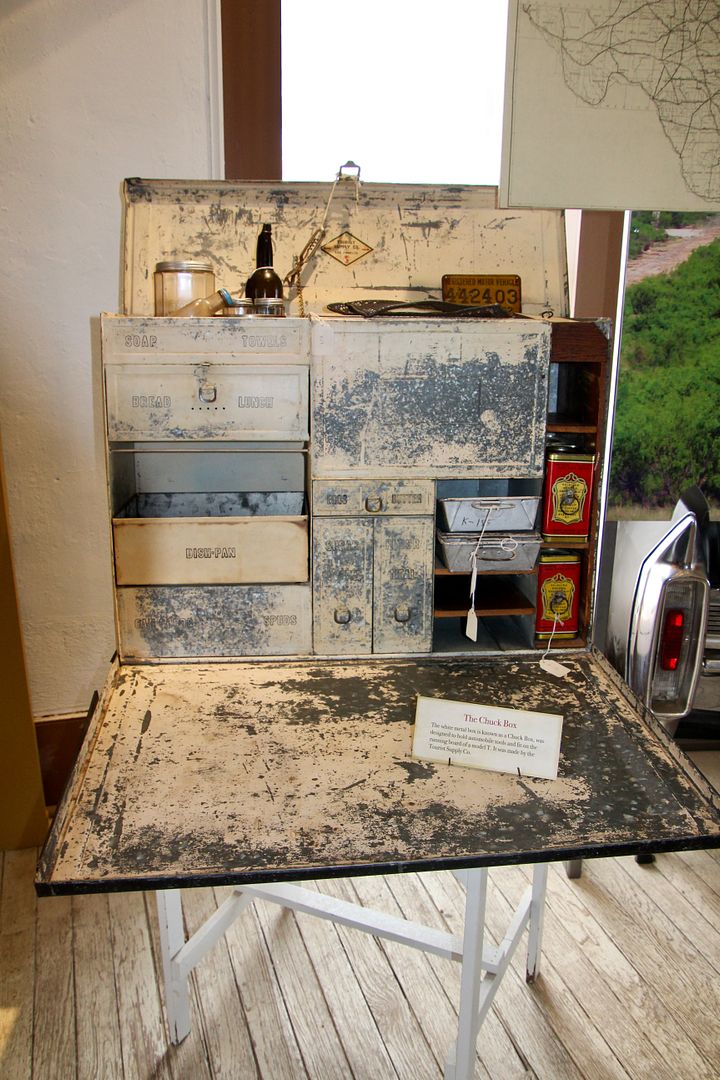
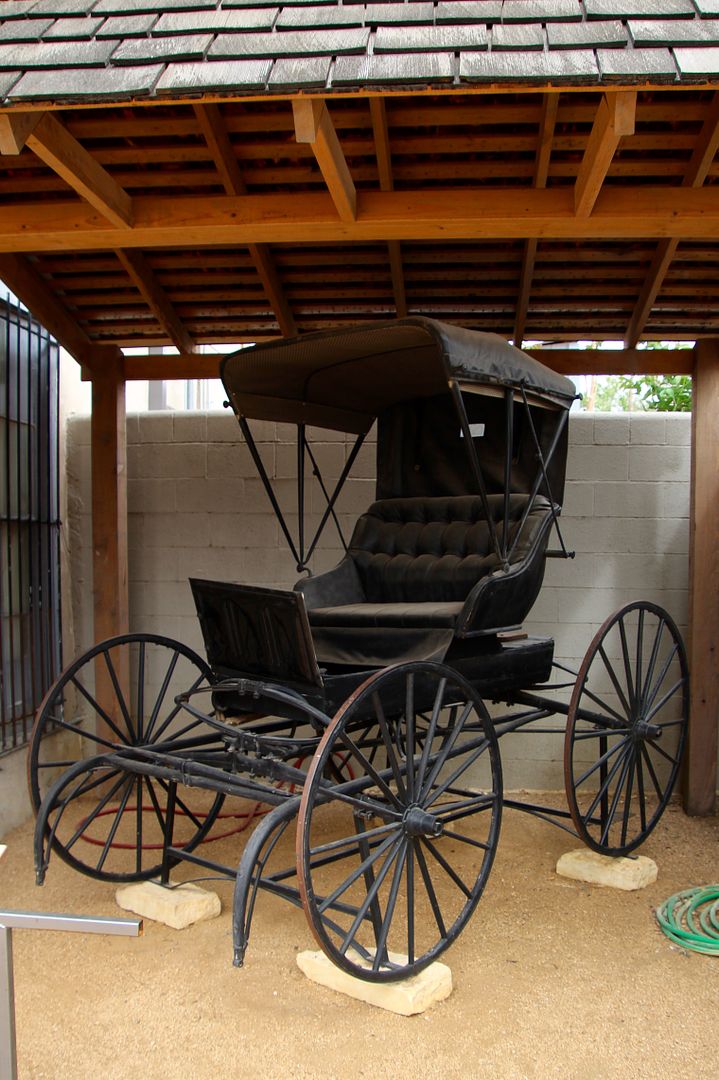
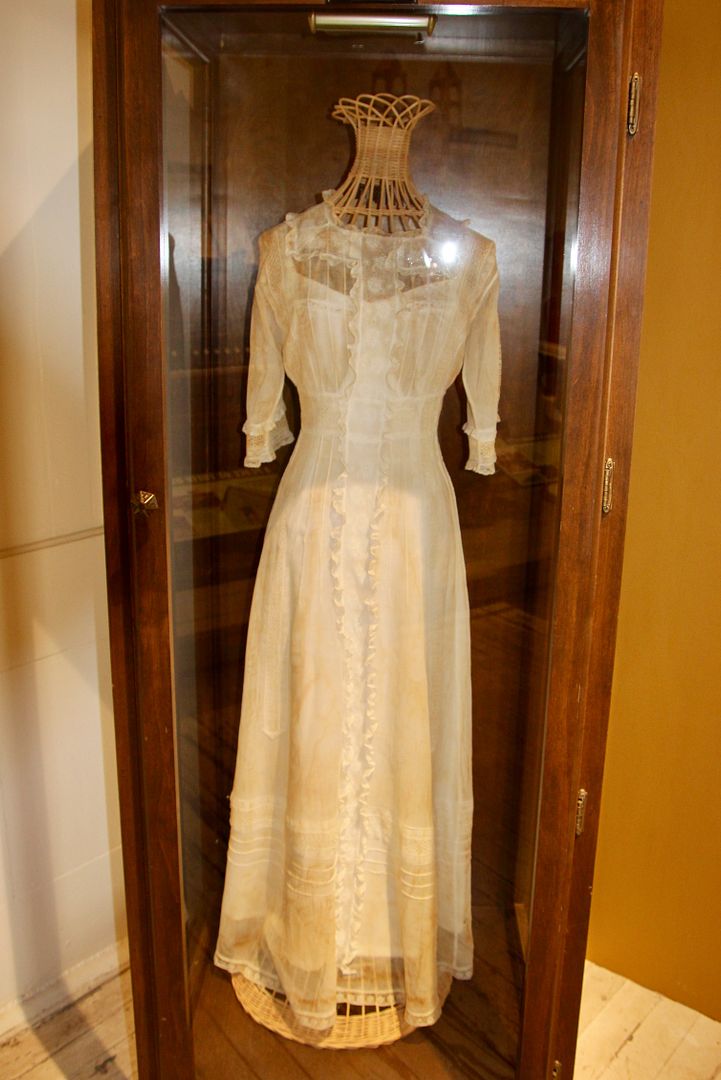
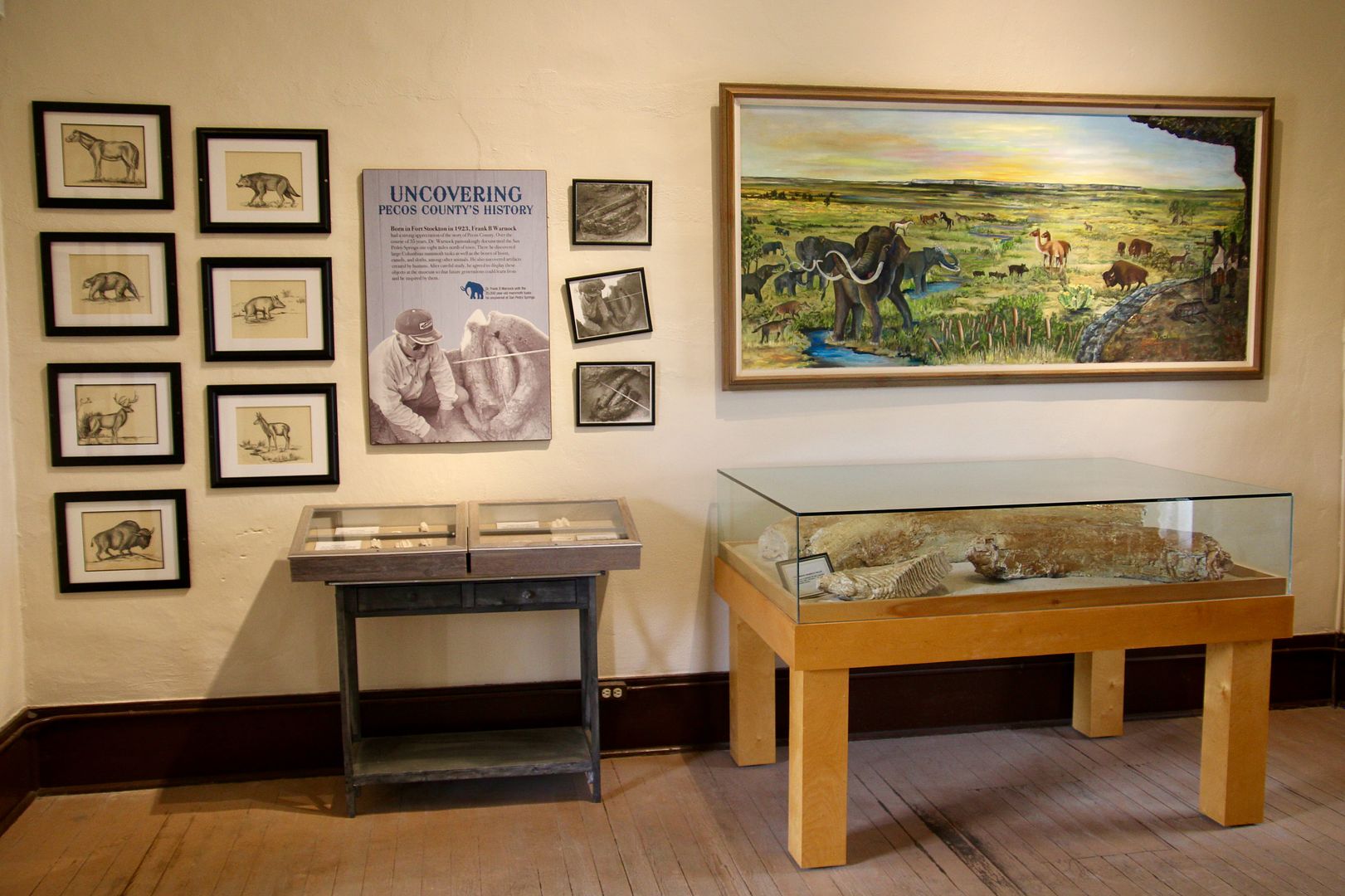
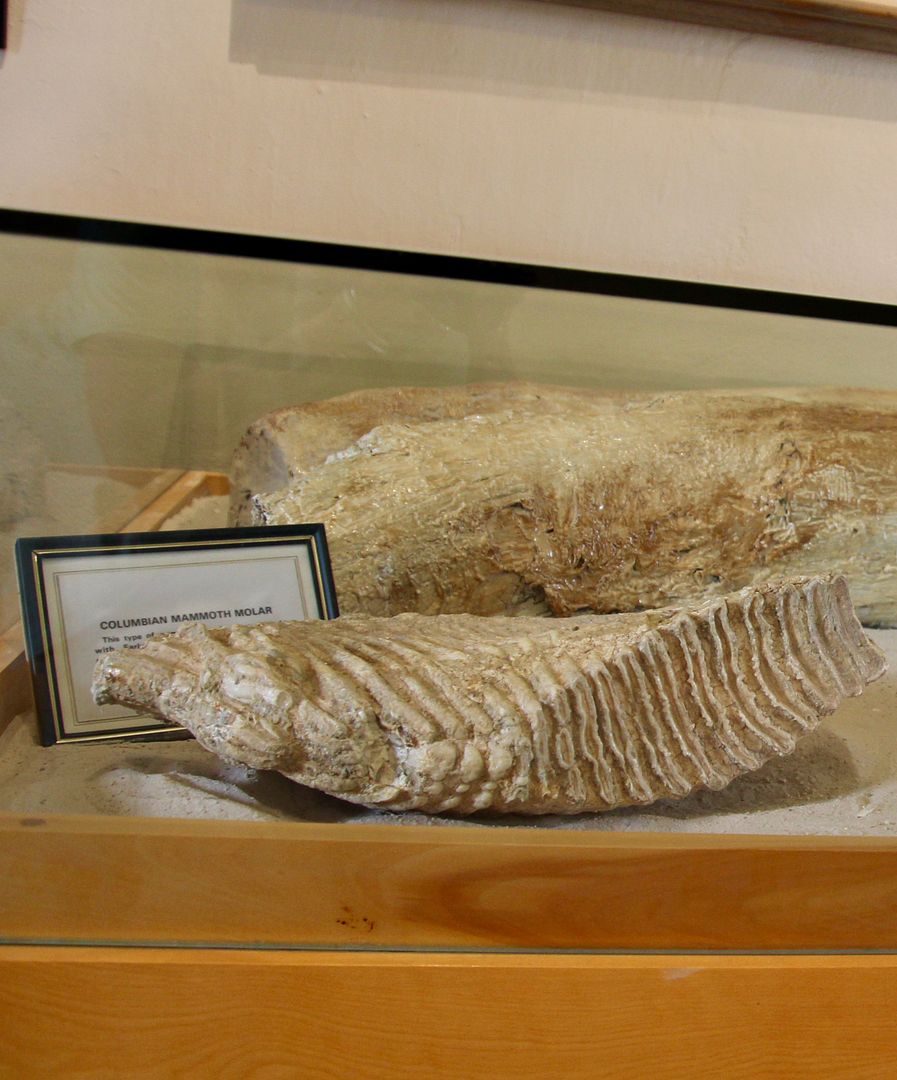

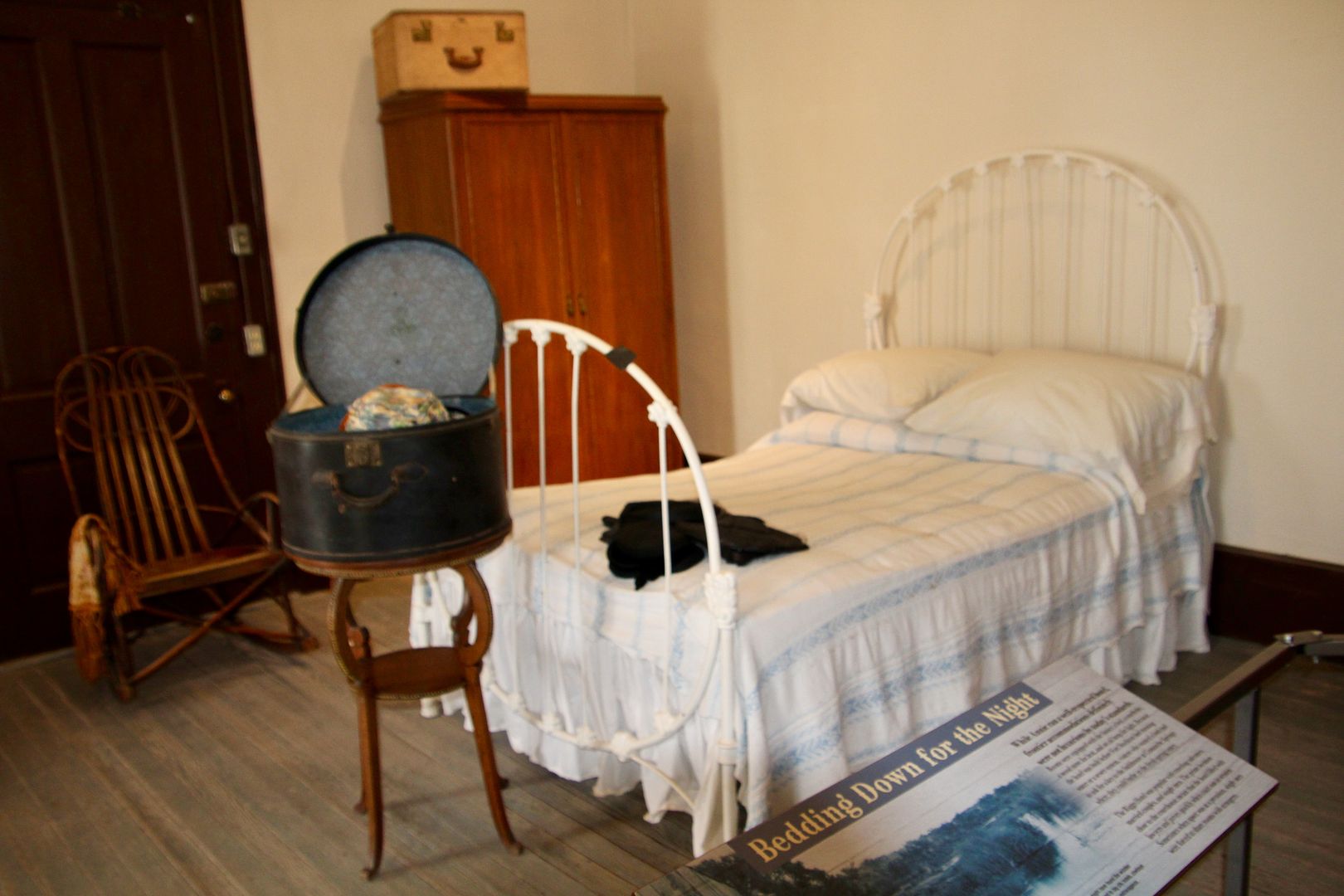
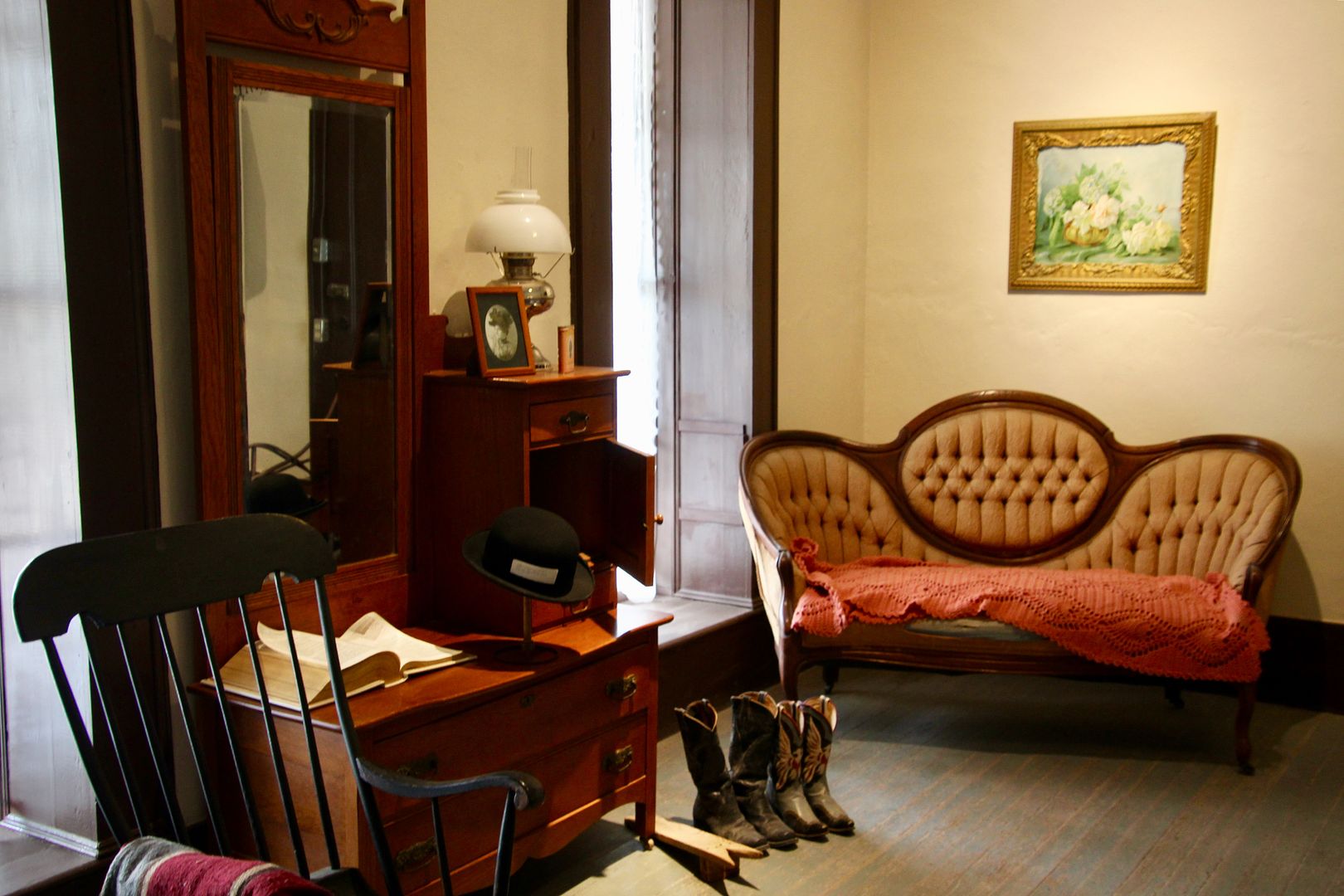
No comments:
Post a Comment